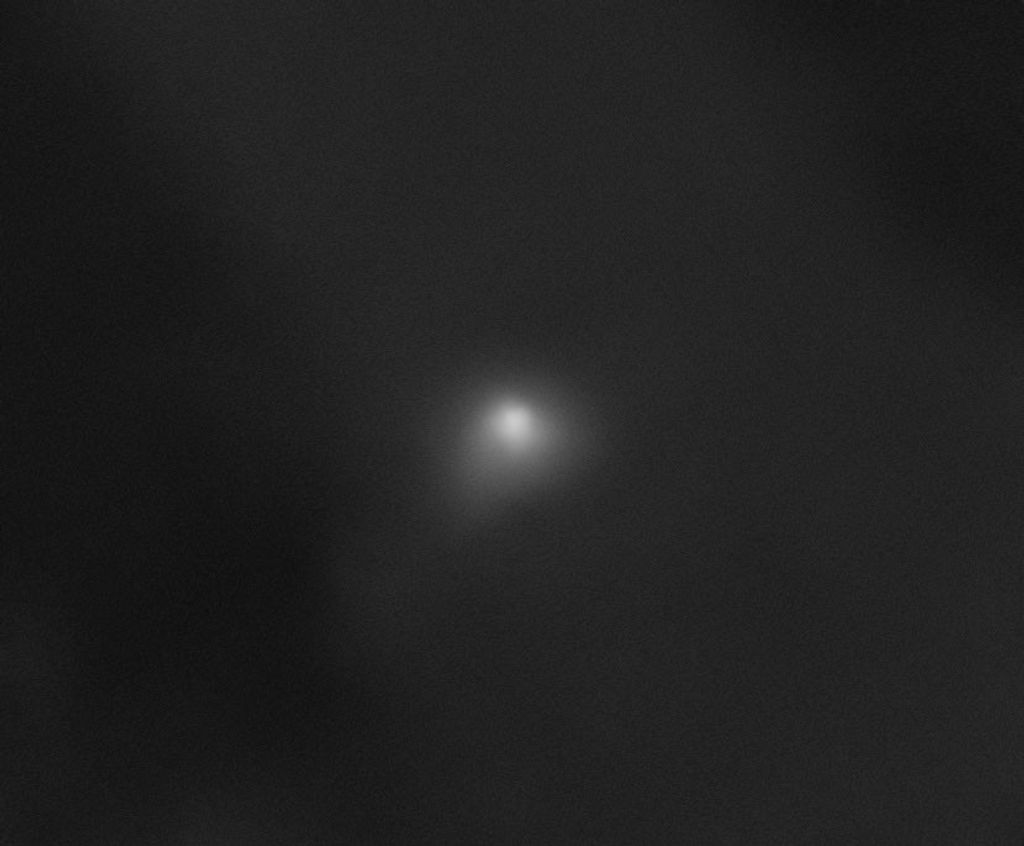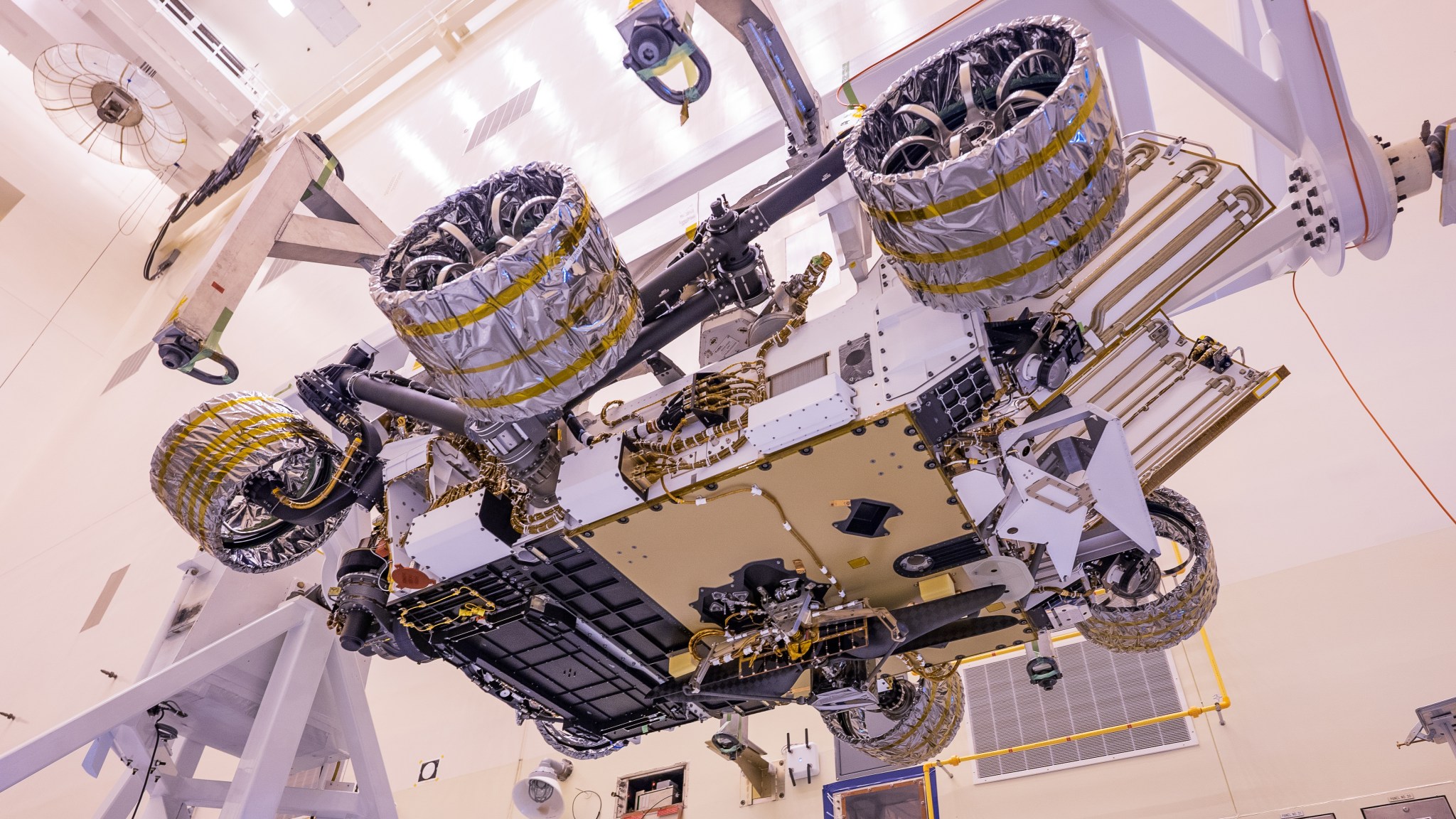By Jim Cawley
NASA’s Kennedy Space Center
NASA’s Mars Helicopter will make history in about 10 months when it becomes the first aircraft to fly on another world.
Now it has its ride to the Red Planet.
On April 6, 2020, the helicopter was attached to the belly of the agency’s Mars Perseverance rover. The installation took place inside the Payload Hazardous Servicing Facility at NASA’s Kennedy Space Center in Florida, where the rover has remained since its Feb. 9, 2020, arrival from NASA’s Jet Propulsion Laboratory in Pasadena, California.
The twin-rotor, solar-powered helicopter weighs less than 4 pounds; the total length of its rotors is about 4 feet, tip to tip. Its main purpose is a technology demonstration. After Perseverance safely lands on Mars, the helicopter will be released to perform the first in a series of flight tests that will take place during 30 Martian days (a day on Mars is about 40 minutes longer than a day on Earth).
For history’s first flight experimental flight test in the thin Martian atmosphere (less than 1% the density of Earth’s), the helicopter is tasked with hovering in the air a few feet off the ground for 20 to 30 seconds before landing. It is designed to fly on its own, without human control, using minimal commands from Earth sent in advance.
With the helicopter safely tucked away and covered by a shield to protect it during descent and landing, Perseverance will touch down on the Red Planet on Feb. 18, 2021. Liftoff aboard a United Launch Alliance Atlas V 541 rocket is targeted between July 17 and Aug. 5 from Cape Canaveral Air Force Station.
NASA’s Launch Services Program based at Kennedy is managing the launch. For more in-depth information, visit the mission’s website.





























